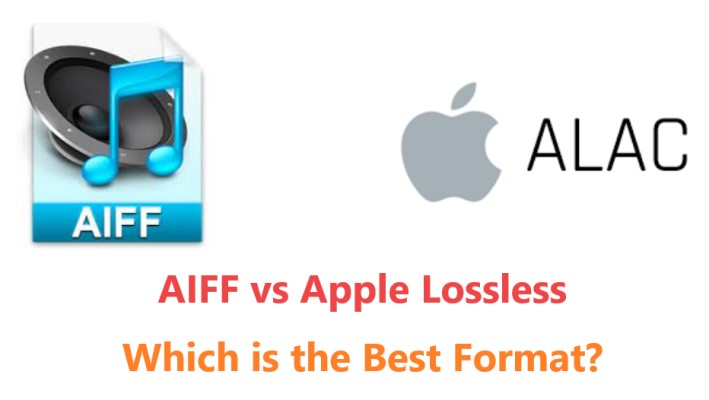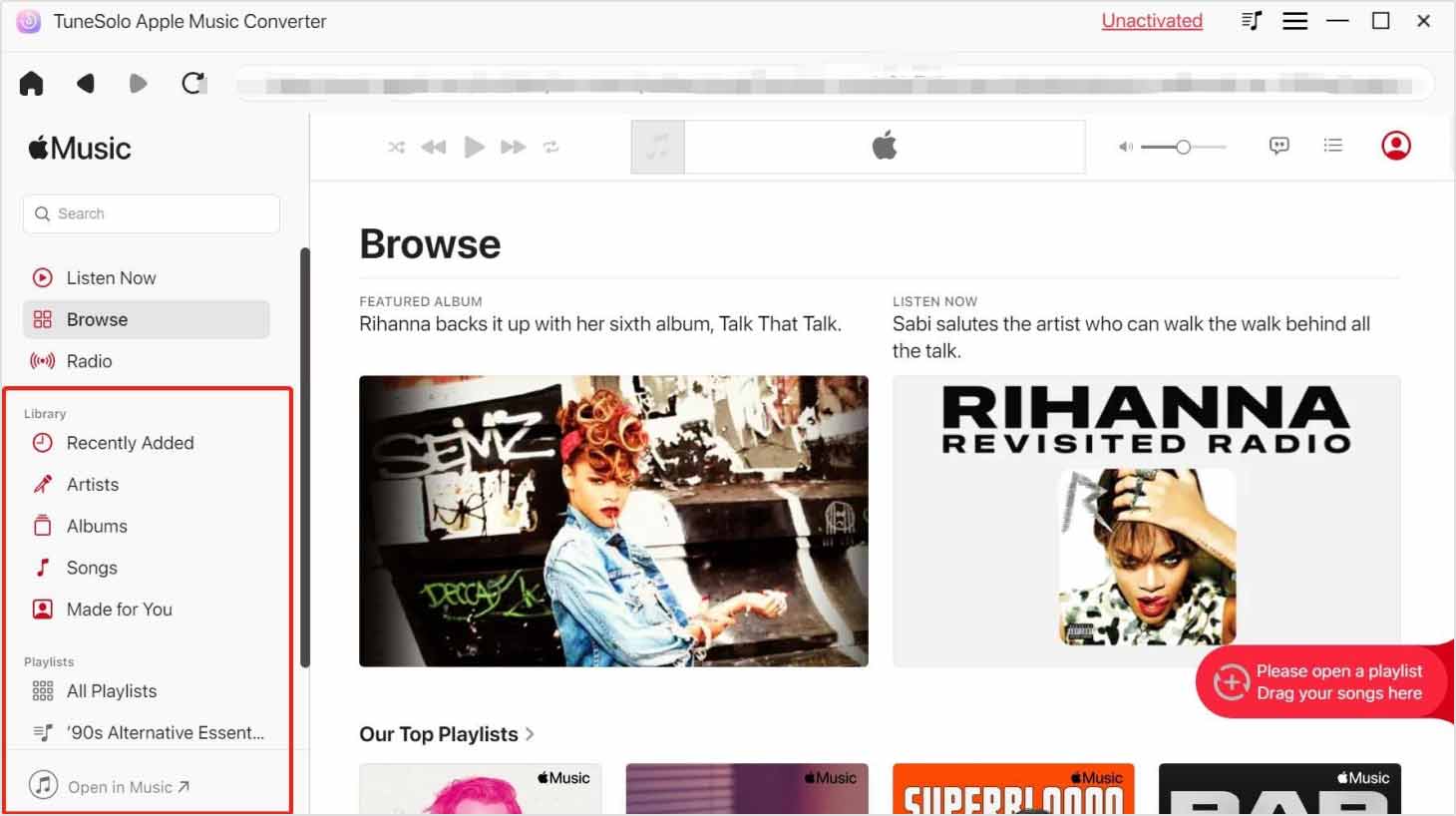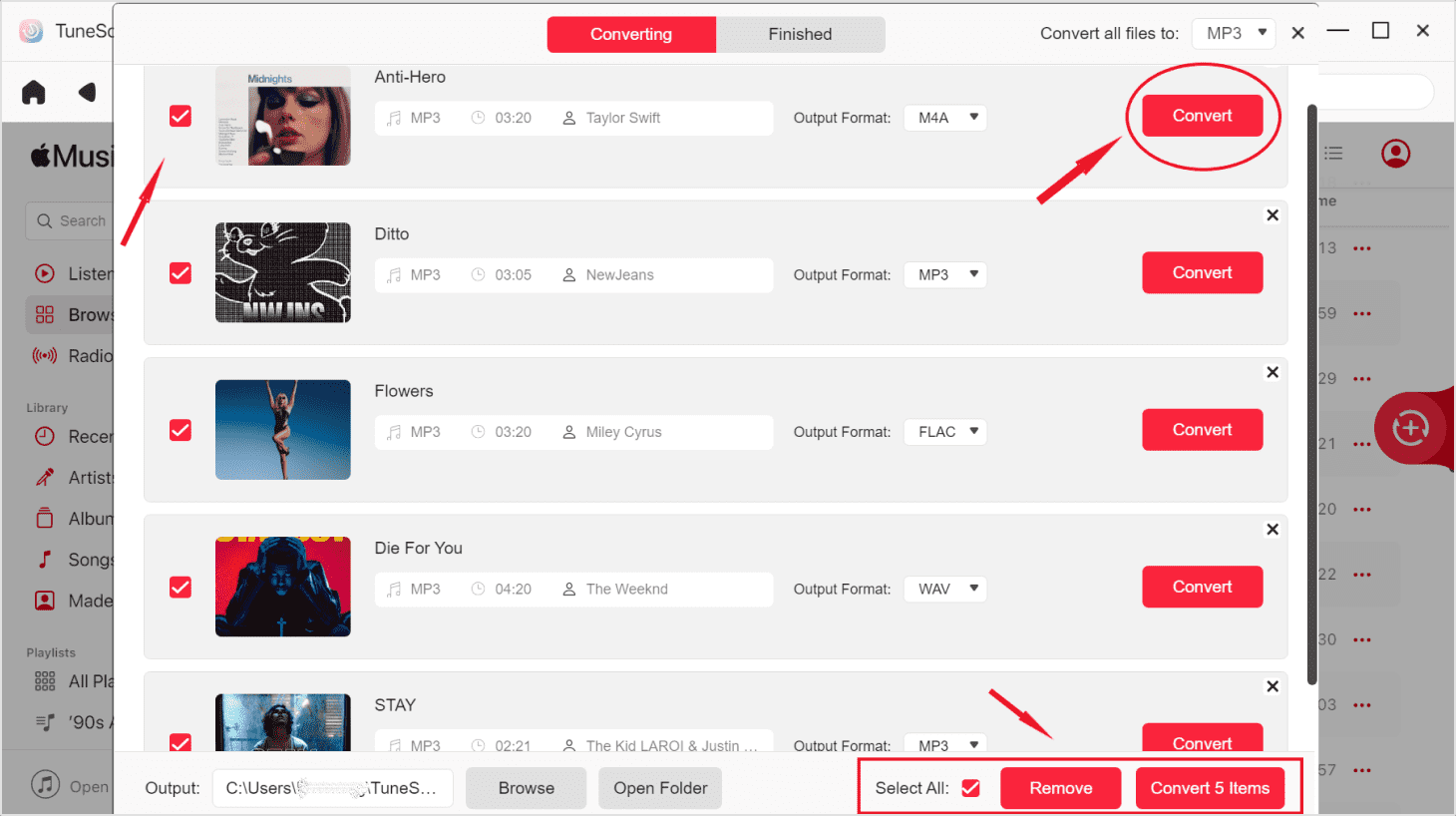AIFF vs. Apple Lossless: Which is the Best Format?
It’s common knowledge that AIFF and Apple Lossless are formats that you usually see on Apple audio files. Perhaps it’s the format of the audiobook you’re currently listening to. Perhaps it’s the format of your favorite Apple Music file. The point is, they are both popular formats. This leads us to the question, in an AIFF vs. Apple Lossless battle, which one is the winner?
They have clear differences and it’s obvious that they are two separate audio formats. However, you still have to wonder which is better. For that reason, we’re going to compare the two right now.
In this article, you will know more about the AIFF and Apple Lossless formats as well as their similarities and difference. Moreover, you will also find out a better way to listen to Apple Music songs without the internet. So without further ado, let’s start.
Article Content Part 1. AIFF and Apple Lossless: Basic IntroductionPart 2. AIFF vs. Apple Lossless: Which is the Best Format?Part 3. Keep Apple Music Forever for Offline ListeningPart 4. Conclusion
Part 1. AIFF and Apple Lossless: Basic Introduction
There are several things to consider when doing a comparison of two things. The same applies to audio formats. You have to consider several things, but most importantly, you have to have a basic idea of what the formats are. So to begin, we’ll find out what AIFF and Apple Lossless are.
What is AIFF?
AIFF stands for Audio Interchange File Format. It was created by Apple Inc. in 1988, a few years before WAV was released, although it was developed as an alternative to the IFF format. Nevertheless, WAV and AIFF work the same. They are both characterized by the same sample rate, bit depth, and other properties.
Likewise, AIFF stores information in an uncompressed and lossless format. Hence, you get a smaller file size but with the same quality. They also made sure it can work on Windows PC, but of course, the PC version features a few different characteristics from the Mac version.
AIFF also features studio-quality recording and playback. It works especially well on Apple computers and although they are from different companies, AIFF and WAV can be interchanged between each other, depending on the situation.
The AIFF format uses either of two extensions – .aif or .aiff. It should also be noted that the AIFF format has a bigger file size than MP3 files. This format also has a compressed variant for smaller file sizes, and we call this variant AIFF-C or in short, AIFC. However, the two seem to have the same audio quality and bitrate.
AIFF and AIFC formats are still available on Macintosh systems, although there is an increasing number of third-party media players that are supporting the AIFF format. Some examples of programs that can open AIFF include File Viewer Plus, Microsoft Windows Media Player, Apple QuickTime Player, Apple iTunes, Adobe Audition CC, Nullsoft Winamp, and many more.

What is Apple Lossless?
Apple Lossless, better known by others as ALAC, is exactly as the name suggests, a lossless format developed by Apple. That being said, users can expect a lower file size but with the same quality as its original file. This is often converter to or from FLAC, WAV, and AIFF considering how these are all lossless formats.
It was initially intended as a proprietary format by Apple and thus, it was not supported by many third-party media players. Only Apple devices were able to play files with the Apple Lossless encoder. However, over the years, Apple made it open source, hence more and more media players are slowly opening up to this format. In fact, even Windows Media Player supports it.
The main difference between this and other formats is that Apple Lossless, or ALAC, is a compressed format. However, it’s not very different from its original source. This still has the same quality as other formats. The most similar non-Apple format to ALAC is perhaps the FLAC format, and that is why many people compare the two to each other.
Although it’s called ALAC, some ALAC files actually use the file extension .m4a which is the standard format for a protected Apple audio file. The .m4a format can also be found on AAC files, so it’s quite difficult to distinguish the two from each other. This is also another reason why it’s crucial to sort files by Kind so users can see which an Apple Lossless file is and which is an AAC audiobook file.
Part 2. AIFF vs. Apple Lossless: Which is the Best Format?
There are several differences between the AIFF vs. Apple Lossless formats. That’s not to say they have no similarities at all. However, this time, we will focus on their differences. We’ll discuss three factors that set apart the two formats from each other.
Compression
The main difference between the two formats is their compression. It’s true that both AIFF and Apple Lossless are lossless formats, but take note that AIFF is an uncompressed format while Apple Lossless is a compressed format. Hence, they differ in compression.
For your reference, compression refers to the behavior of data with the utilization of algorithms. Depending on its compression, a format may offer a lower file size or a higher file size.
File Size
Now considering how compression deals with file size, another difference between the two is their file size. Since Apple Lossless is a compressed format, it has a relatively smaller file size than AIFF. That is why if you don’t have a huge storage drive, Apple Lossless would be a more ideal option. However, if you’re not tight in storage space, you can opt for either of the two.
Audio Recording and Playback
It should also be noted that compressed formats have unstable playback. This is because there is a delay between the operation of uncompressing the format and the playback. Hence, it’s safe to assume that AIFF is more stable than Apple Lossless when it comes to audio recording and playback as it does not lag behind due to decompression.

Part 3. Keep Apple Music Forever for Offline Listening
You now know the most suitable format for your music files. However, did you know that you can extract your music files from iTunes and listen to them offline? Turns out that you only need to use third-party software to do the job.
TuneSolo Apple Music Converter is a specialized tool that is capable of extracting Apple Music songs online and downloading them to various formats. That way, you can listen to your songs offline. Plus, it can convert the format so you can always choose between AIFF vs. Apple Lossless.
Below are some of its other features if you want to know more about this software:
- Offline Listening. Using TuneSolo, you can extract and then download the music with your Apple account for free. These downloaded files are available without the internet. Moreover, playback is available on devices such as iOS, Zune, Xbox, PSP, and Android
Note: The new version of Tunesolo Apple Music Converter no longer requires syncing with iTunes to process the offline music conversion anymore! We have a built-in Apple Music web player to boost download efficiency.
Please free-try our new Apple Music Converter to know more about its fantastic features!

Other Features:
- DRM Removal. You can take out the DRM protection from Apple Music files using this software. Once the Apple Music DRM protection is removed, you can download your favorite songs, albums, and playlists from your music library.
- Faster Conversion. TuneSolo boasts a fast conversion speed, even faster than your typical converters. It can go up to 16 times faster than other converters. Moreover, you can convert and download multiple files at the same time to save you a lot of time.
- Various Supported Formats. The software also supports more formats than I can mention. Some examples of supported formats include MP3, WAV, M4A, and of course, FLAC.

Part 4. Conclusion
The AIFF vs Apple Lossless battle is one without a winner. Each of the two clearly has its strengths and weaknesses, so they are ideal in their own situations. That means although one format helped you better than the other, it’s always the better format.
Moreover, you have learned how to keep Apple Music forever through a converting tool. Since it’s capable of converting the format, you don’t have to worry about which is better than the two. After all, you can always choose which to use at any time.